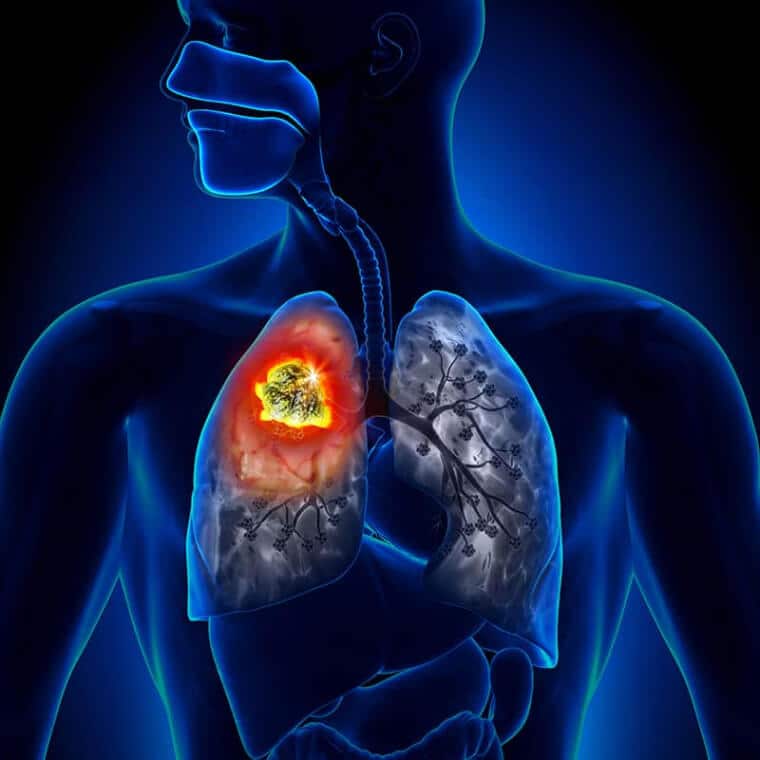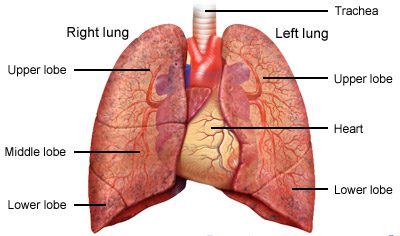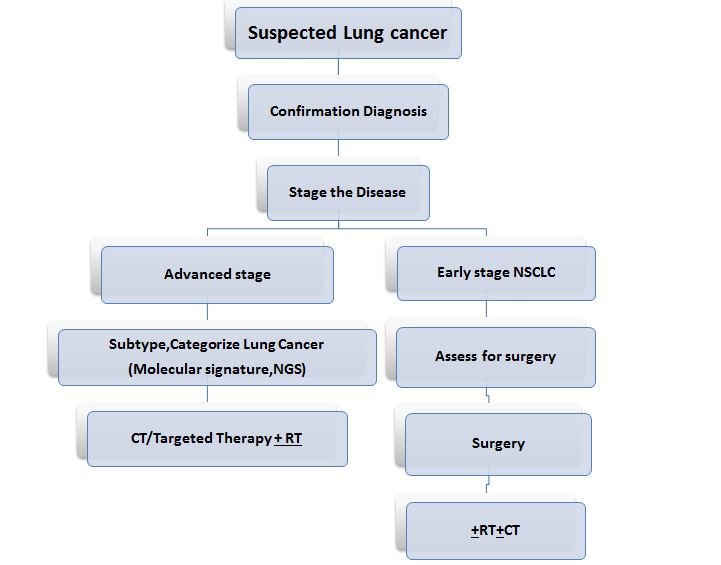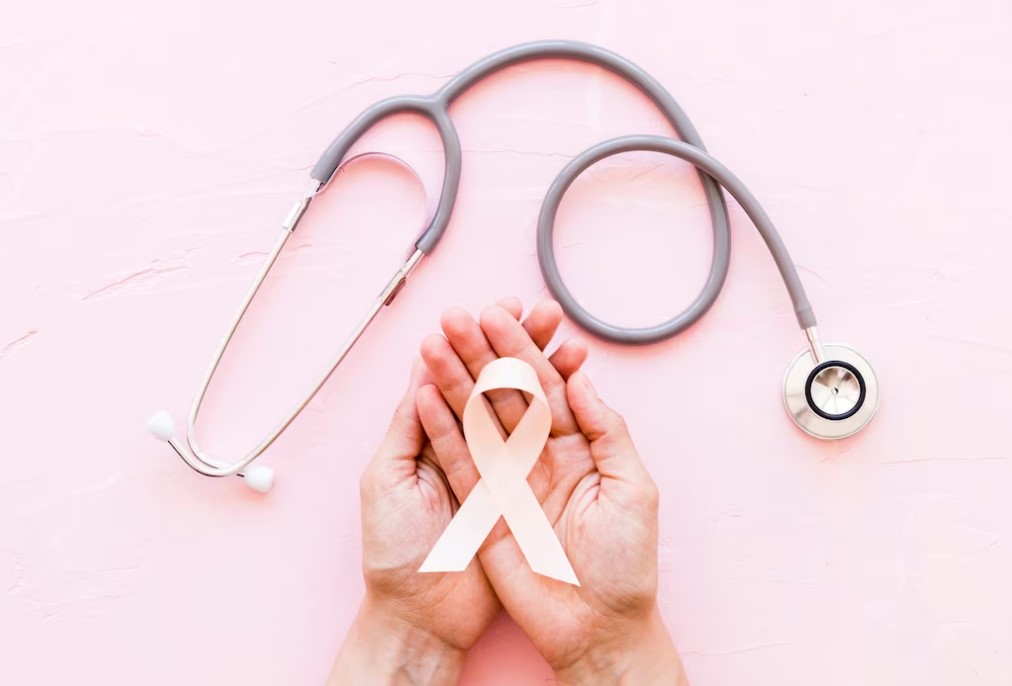






The disease is the second most common non-skin cancer among men and women, after prostate cancer in men and breast cancer in women.
some common symptoms that may be associated with Lung cancer: Most people with lung cancer don’t have early signs or symptoms. However, when symptoms develop, they are most likely to include:
The treatment of ovarian cancer depends on several factors, including the stage of the cancer, the extent of its spread, the individual's overall health, and personal preferences.The main treatment options for ovarian cancer include:
Treatments for NSCLC vary by stage and may include:
There's no sure way to prevent lung cancer, but you can reduce your risk if you: